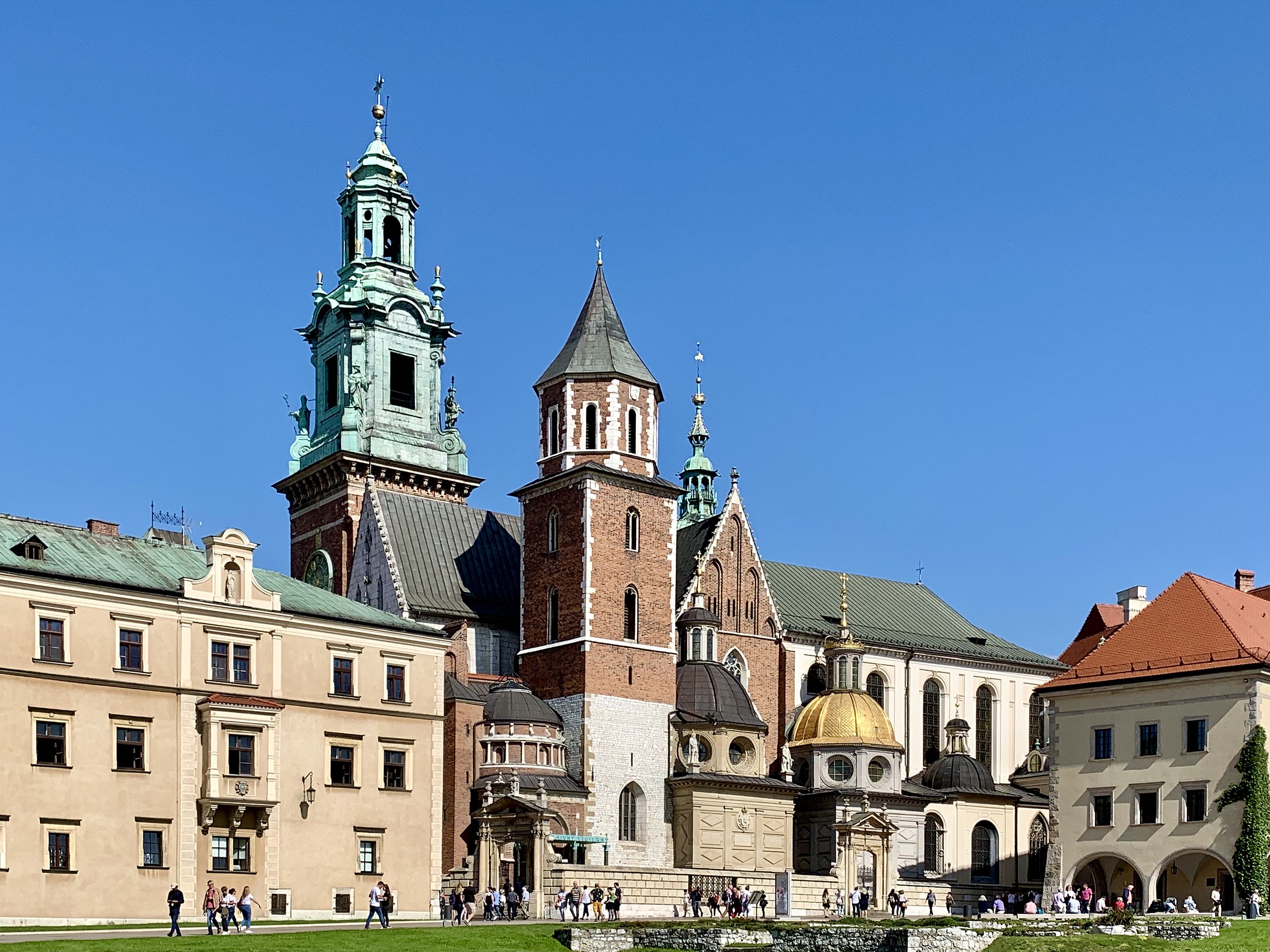OPINIONS
Date: 6 October 2022 Author: Szymon Polewka
Cracow: The City That Survived
Cracow is the only major city in Poland that allows us to travel back in time to a Poland that no longer exists. Walking about the city, we are surrounded by monuments that have weathered the upheaval of two world wars. The particular character of the residence of Polish kings can be attributed principally to an entire generation that was prepared to defend it from the fate of other Polish cities, such as Warsaw.

Several factors must have contributed to Cracow’s resilience. First, it had not enjoyed the status of the capital city since the 16th century, which meant that the primary centers of resistance were located in Warsaw. Second, its position outside the North European Plain (Nizina Środkowoeuropejska in Polish, lit. Central European Plain) helped shield it from the major activity of the clashing fronts of the two warring totalitarian regimes. Furthermore, Cracow’s bourgeois-academic aura attracted the Germans, who attempted to credit Germanic influence for the city’s distinct appeal. The Germans labeled it the “Nuremberg of the East” and chose it as the headquarters of a puppet administration, the General Government.
The entry of German forces into Cracow on the morning of September 6, 1939, marks the beginning of more than five years of intense Nazi occupation. Particularly important for saving the city’s works of art and artifacts was the decision to disperse them around the country and abroad. Such figures as the legend of Polish museology Karol Estreicher (junior), the Wawel Royal Castle defense commander Józef Krzywda-Polkowski, and Professor Feliks Kopera played a major role in this city at this difficult time.
Despite the belief that Krakow was passive during World War II, there were numerous underground organizations in the city, such as the Skała (Rock) battalion, the Cracow Kedyw (Directorate of Diversion), and the Żelbet group. Cracow was undoubtedly characterized by a wide civilian conspiracy with numerous underground schools, theaters, and academic education, which included some 1,500 students at the Jagiellonian University. It was this difficult period in Cracow that shaped one of the most outstanding Polish figures, Karol Wojtyła, the future Pope.
The rescue of Cracow, which was important to the Poles, was credited to the Soviet “liberators,” who created a legend of a “miraculous rescue”. The Soviet narrative was based on the myth of a mined city, which was to be freed by the Red Army at the last moment. To this day, no traces of the planned Nazi destruction of the city have been found, and knowing Hans Frank’s attitude toward Cracow, this scenario seems unlikely.
Postwar “Polishness” was very strong in the city. To suppress the patriotic-bourgeois attitude of the Cracovians, the Communists decided to build an entire model communist town called Nowa Huta, which was eventually absorbed into Cracow.
Although Cracow survived the turmoil of war, it is far from what it used to be. Among other things, it was not spared in the Holocaust, in which 60,000 Jews were killed in Cracow only. It is a loss that shapes the contemporary Polish spirit that differs from the centuries-old multinational character of previous republics.
Bibliography:
- Czocher A., W okupowanym Krakowie. Codzienność polskich mieszkańców miasta 1939-1945, Gdańsk 2011.
- Kaliński D. Bilans krzywd, Jak naprawdę wyglądała niemiecka okupacja polski.
- Dzieje Krakowa. Kraków w latach 1939-1945 6, ed. A. Chwalba, Cracow 2002.
- Kaliński D., Bilans krzywd, Jak naprawdę wyglądała niemiecka okupacja polski.
- Kluczewski, Bez zaciemnienia. Codzienność okupowanego Krakowa w materiałach Archiwum Państwowego w Krakowie, Cracow 2009.
- Kuler A. Konspiracja krakowska w latach 1939-1945, accessed on 09.2022, http://www.kedyw.info/wiki/Andrzej_Kuler,_Konspiracja_krakowska_w_latach_1939-1945.
- Lagierska A., Obrońcy Skarbów: Estreicher, Lorentz i inni, culture.pl, accessed on 09.2022, https://culture.pl/pl/artykul/obroncy-skarbow-estreicher-lorentz-i-inni.
- Urbanek J., Codzienność w cieniu terroru. Okupacja niemiecka w Polsce 1939-1945, Gdańsk 2014.
- Wroński T., Kronika okupowanego Krakowa, Cracow 1973.
Support Us
If content prepared by Warsaw Institute team is useful for you, please support our actions. Donations from private persons are necessary for the continuation of our mission.
All texts published by the Warsaw Institute Foundation may be disseminated on the condition that their origin is credited. Images may not be used without permission.















